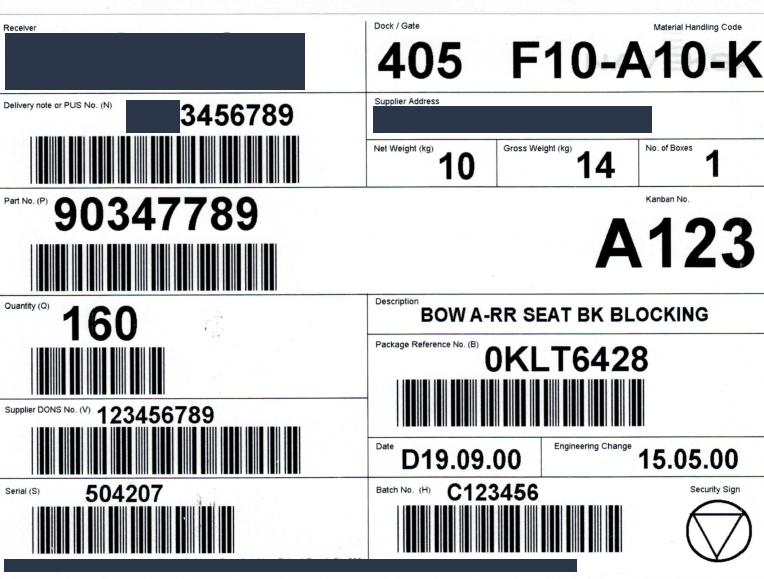Difference between lots and serial numbers¶
Introduction¶
On the commodity products that we encounter in daily life, we often see different series of numbers attached to the products, which can be lots or serial numbers.

While lot numbers and serial numbers have many functions in common, there are some significant differences between them. Both are used in tracing the origins and tracking products during the receiving and sales process. Furthermore, using lot and serial numbers has brought many benefits to the business in saving time, money and tracking products. In common production activities, lot or serial number is a unique identifier that applies only to a particular product or a set of identical products.
Lot numbers¶
A lot number can help to determine a certain amount of a product with the general characteristics in a category. Products in a shipment are able to use one lot number. For instance, the manufacturer of soft drinks or milk can distribute their products for the batches following the location, the manufacturing, or expiration date.
Cases of using lot numbers¶
Using lot numbers is suitable for the goods in a large quantity and helps to make reports, control goods quality, and even determine the manufacturing faults. So far the supervisors or vendors can manage and decide to return or replace the defective products. You will find the usefulness of using lot numbers in food, beverage, or cloth production in large quantities.
Case of NOT using lot numbers¶
For the products that have a low possibility of returning due to manufacturing defects, using lot numbers for inventory management is not necessary. For example, in companies whose products are consumable items such as pens or paper, using lot numbers will not be effective because, in fact, the return rate is very low.
Serial numbers¶
A serial number is a unique code to identify a specific and individual product unit. Each product owns only one serial number and this can be called the one-to-one relationship. Managing products by serial numbers allows the business to track the history of those products from the manufacturing date to the delivery, sales, and after-sales activities.
Cases of using the serial numbers¶
The serial number can be used for the product with the warranty and after-sale services such as a car, motorbike, smartphone, laptop/computer, fridge, and other electronic devices. According to the product management method, you can set rules to code the serial numbers on your own. For the defective product in a certain batch, the serial number helps to control the quality and find out the affected objects. Additionally, it’s very helpful to anti-fake/counterfeit efforts or stolen goods detection.
Cases of NOT using the serial numbers¶
It should be used for only the products with secondary services such as warranty or after-sales services to not waste time. For example, using the serial numbers for every single candy in a packet is not necessary.
Therefore, you should choose to use lots or serial numbers based on your purpose of usage and product characteristics. This will help you control the goods supplies of the business and minimize the risks of overstock, shortage, or loss.